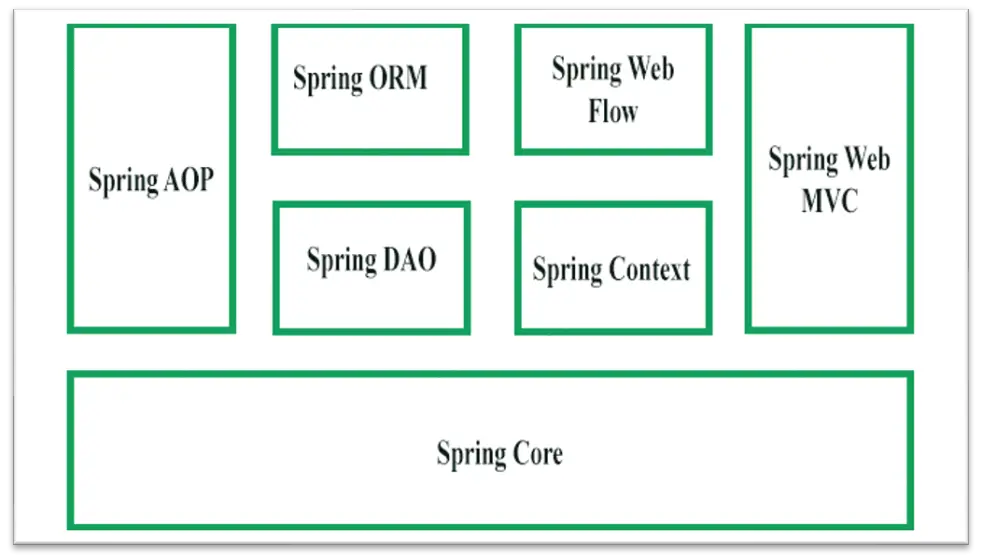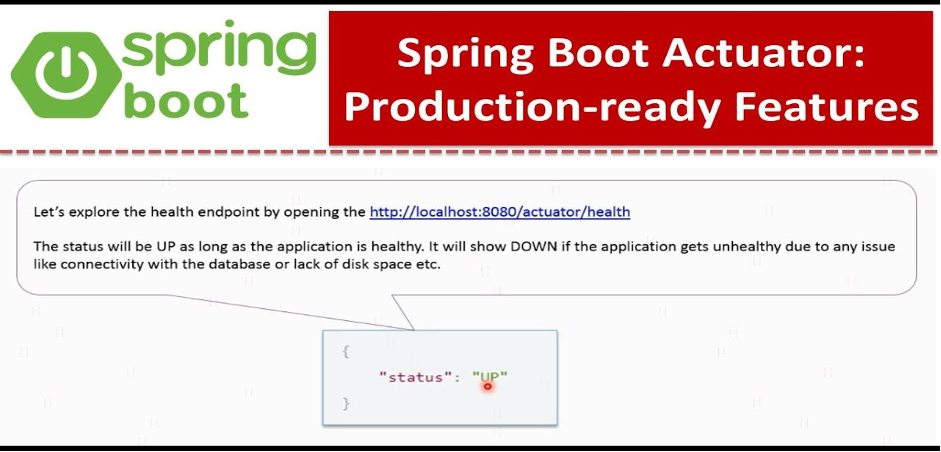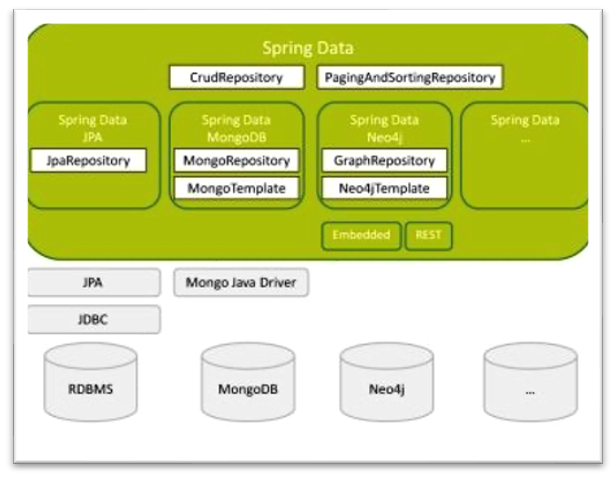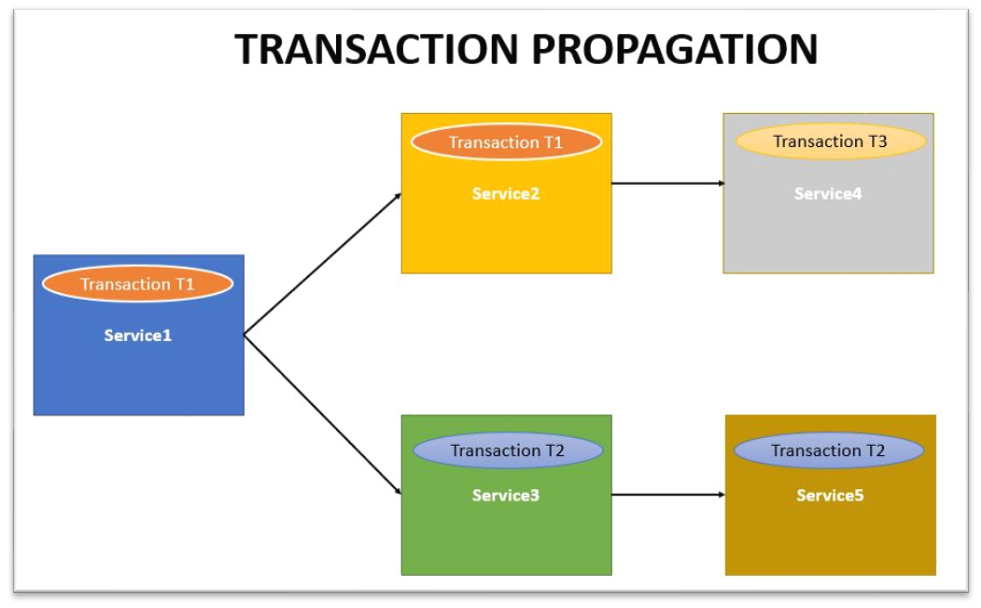Different programming languages require various frameworks. Java frameworks are written in Java and used for growing software program packages and Java programs. Some used Java frameworks are Spring, Hibernate, Struts, etc. There are numerous Java frameworks, and the spring framework is famous among them. It is a lightweight framework designed specifically for company Java applications. These encompass Netflix, Yatra, Amazon, and eBay. Here is a list of the top ten reasons to use the spring framework.
1. Embedded Web Server
Spring Boot provides inbuilt support for Tomcat, Jetty, and Undertow embedded servers. This way, developers don’t have to worry about deploying web applications to traditional servers. With the starter dependency, you can swap out one server technology for another. So, you end up with a JAR file that runs like any other JAR file. The JAR contains enough libraries and configurations to start as an application server and listen for requests.

2. Lightweight
Spring is easy to learn and implement. It comprises modules in which we can write Spring applications with the same interfaces and abstract classes as Java applications. Spring helps in concatenating, and wiring components make working with spring easier and simpler as we can focus more on our application than on implementing it. It is lightweight because we can insert dependencies as needed without including each dependency, thus saving the project from unnecessary memory usage.

3. Modular Design
Another reason for the spring’s popularity is its modular nature. It comes with modules like Spring Core, Spring AOP, Spring IoC, Spring MVC, Spring ORM, Spring Transaction, etc. Thus, one can use the entire framework or the necessary modules for any project. Users use other frameworks like Hibernate or Struts and other spring projects if needed. These modules also reduce the complexity of developing an application.

4. Faster Development
There are many default decisions and opinions made by Spring Boot that govern the Spring Ecosystem. This nature helps developers get set up and start quickly in the development process. For example, Spring MVC is possible due to the many XML bean definitions and custom servlet classes. But with the Spring framework, it’s as simple as adding a boot dependency. No code generation XML configuration is required.

5. MVC Pattern
MVC is a software design pattern and method. It separates the implementation and business logic so developers can focus on their code for good application performance. Spring supports the MVC pattern for project development, promoting separation of concerns and loose coupling as one of the critical characteristics of potential software.

6. Production-Ready Features
Spring Framework provides production-ready features like monitoring, metrics, and logging. With these features, developers can avoid additional settings. For example, features like the Health Actuator endpoint make it possible to check application health. You can allow tools like Prometheus to collect application metrics and Use health and availability endpoints directly in your Kubernetes or OpenShift environment.

7. Application Testing
It is often the ability to test an application that influences the acceptance of a framework. Unlike Struts, the Spring framework does not require a server. Any application created on top of the Spring framework can run in its container. As a result, using the spring framework to test an application is extremely simple. POJOs that are JavaBean-style have also simplified unit testing.

8. Accessible Communication With Database
For our program to work with the database, it must communicate with it. Databases play an essential role in this process. Due to its DAO (Data Access Object) feature, which can be read from and written to a database, the Spring framework ensures simple and efficient communication with databases. Data access-related technologies like Hibernate, JDBC, and JPA make it simpler to interface with databases because of their support for DAO.

9. JUnit Support Is Out Of The Box
JUnit 5 is pre-installed in every Spring Boot project by default. Additionally, Spring Boot has the SpringBootTest annotation used to create a test context when necessary. Thus, all the developers need to do is create test cases. The complex spring context for the test cases is no longer a concern.

10. Transaction Management
It is a trustworthy transaction management interface included with the Spring framework. Both international and local transactions can benefit from it. The POJOs now have transactional capabilities thanks to spring, which is a substitute for EJB transactions. Programmatic and declarative transaction management are the two types of transaction management that spring typically provides. Furthermore, application servers are not necessary to perform spring transaction management.


















